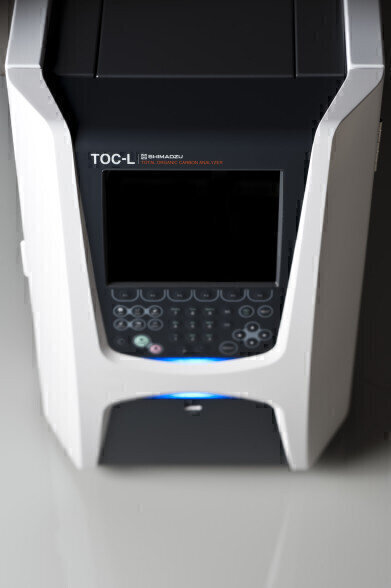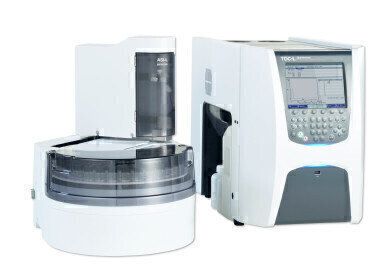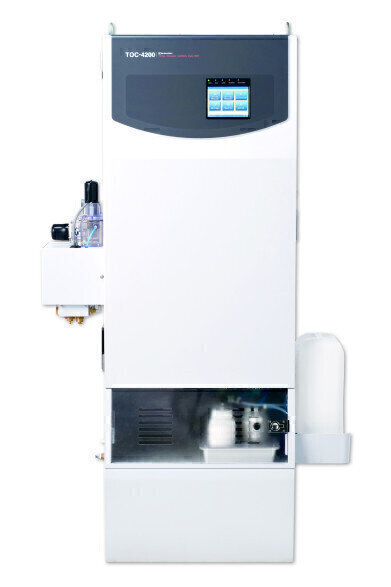Water/Wastewater
TICK TOC TICK TOC- Time to get Wastewater analysis right
Nov 11 2015
Wastewater is water that has been contaminated by use. Its composition is as diverse as its many sources. It is worth considering that depending on the source of the contamination wastewater will not only contain a diverse range of organic compounds but could also contain a high amount of salts or suspended solid material. The suspended material may contain organic compounds that may be of analytical interest.
Total Organic Carbon (TOC) analysis is an extremely popular technique used for the measurement of wastewater as it provides a value for the overall amount of contamination from organic compounds in the water. It can be measured online, common for effluent monitoring, or offline, typical in environmental laboratories. Although TOC analysis is a measurement in its own right it is steadily replacing Chemical Oxygen Demand (COD) analysis due to the latter’s use of harmful Mercury and Chromium compounds.
However, to ensure that the TOC value you receive from your analyser is not only accurate and representative of the wastewater but also achievable every day, you need to use the right TOC configuration with the right TOC method.
The fact that your sample composition may vary day to day means that you require a TOC analyser that uses the combustion catalytic oxidation method. Although there are other methods available like chemical oxidation that uses an oxidant and a combination of either UV light, heat or high pressure, or even high temperature oxidation without the use of a catalyst. Chemical oxidation is a useful technique if you require extremely low limits of detection (sub ppb) not typical with wastewater analysis, combustion oxidation at extremely high temperatures (over 900oC ) is useful if you do not have significant amounts of salt in your sample. There is no technique that offers the all-round flexibility and robustness of the catalytic combustion oxidation method for wastewater analysis.
This method guarantees the oxidation of simple and also complex organic compounds and when used at temperatures below the melting point of common salts found in wastewater (NaCl has a melting point of 801oC, MgCl2 has a melting point of 708oC) it provides a robust and long term system that can handle a water sample containing as much as 30% salt.
Another reason that combustion catalytic oxidation is the most popular method for TOC analysis is that it also allows the simultaneous analysis of Total Nitrogen (TN). Total nitrogen is another important environmental parameter that needs to be controlled and therefore simultaneous measurements are an advantage.
The method of sample introduction to the TOC analyser is also critical to ensure accuracy of data and repeatability of the test. Generally, as the sample matrix contains particulates and suspended material, the sample will need to be agitated and stirred for several minutes to ensure it is homogenised before injection in to the analyser, this is possible in most online and laboratory TOC analysers.
Keeping some of the above points in mind when developing a method for TOC analysis or choosing your next online or laboratory TOC analyser will ensure that you get a TOC result you can have confidence in.
For further information please visit the website.
Digital Edition
AET 28.3 September 2024
September 2024
Business News - ENVEA announces acquisition of APAQ Group - SICK and Endress+Hauser sign strategic partnership - Efforts to curb gas flaring intensify amid environmental concerns Air Monito...
View all digital editions
Events
Sep 21 2024 Tianjin, China
Meteorological Technology World Expo 2024
Sep 24 2024 Vienna, Austria
Water Africa and East Africa Building & Construction
Sep 24 2024 Kigali, Rwanda
Elmia Water and Wastewater Fair - POSTPONED
Sep 24 2024 Jonkoping, Sweden
Sep 25 2024 Vientiane, Laos





















